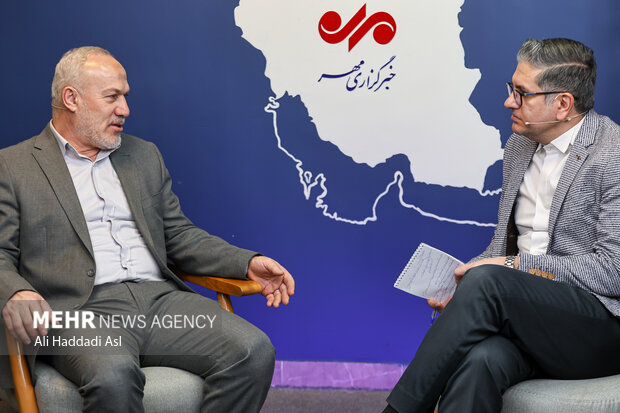The real battle is not in Gaza, but in the West Bank.
Al-Naz Rahmat Nejad: After 470 days of war in the Gaza Strip, the two sides reached an agreement and the Qatari Prime Minister announced a ceasefire agreement. This agreement came into effect on Sunday, January 20, at 8:30 a.m. local time.
The ceasefire agreement is undoubtedly a victory for Hamas. The historic and severe blow of the Al-Aqsa Storm on the Zionist regime was a complete and total defeat for Netanyahu. The flame of war that was lit from October 7 onwards and lasted for 15 months was a “battle of wills.” During these 15 months, we witnessed the most unprecedented and irregular bombings in recent decades in the 365-kilometer Gaza Strip with the aim of breaking the will of Hamas and the people of Gaza.
Netanyahu tried many times to move the people of Gaza from this strip to Egypt, but he failed and the people resisted. When Netanyahu and his cabinet faced the resistance of the people of Gaza and Hamas, they set goals for themselves. These goals include “completely destroying Hamas, occupying and controlling the Gaza Strip, building Zionist settlements in the Gaza Strip, and freeing prisoners.”
In the 470 days that have passed, Netanyahu has been rejecting any retreat or ceasefire. In return, Hamas has set itself goals such as freeing prisoners, disrupting the Saudi-Israeli agreement, and taking revenge on the Zionist regime for its aggression against the Al-Aqsa Mosque.
Hamas continued to resist until the last day, suffering heavy casualties, including 900 deaths and more than 10,000 injuries, from the Zionist regime. Netanyahu, who saw that the destruction of the Hamas fighting organization and the resistance of the people of Gaza was nothing more than a myth, agreed to the ceasefire agreement.
“Nasser Abu Sharif,” the representative of the Palestinian Islamic Jihad movement in Tehran, explained the conditions and grounds of the “Gaza ceasefire agreement” in an interview with Mehr News Agency, the text of which follows.
Under what conditions was the Gaza ceasefire accepted? What made the Zionist regime accept this ceasefire?
From the beginning of the war against Gaza, the Palestinian resistance presented a ceasefire plan based on certain conditions. The withdrawal of Zionist forces from Gaza was the basic and first condition. The second condition was also dedicated to the release of prisoners between the Zionist regime and the Palestinian side within the framework of the “prisoner exchange” agreement. Netanyahu was obstructing the ceasefire conditions due to party and personal interests; one of the reasons he did not want the ceasefire to resume was that he intended to release all the prisoners by force.
He also tried not to leave Gaza and for the Zionist military to remain in Gaza. Netanyahu was thinking about suppressing the resistance in Gaza and trying to end it. After 470 days, the only achievement he achieved was committing more and more heinous crimes, all of which were recorded and recorded by the republican media and international institutions.
According to experts, the Zionist regime was left between two bad and worse options. It chose the bad option, which was to agree to a ceasefire. Former US President Biden had proposed a prisoner exchange plan, but this process was stopped with the arrival of Trump and his team. The withdrawal was supposed to be designed in stages, in which the Zionist forces would slowly withdraw from Gaza. These are the basic clauses and conditions of the ceasefire.

